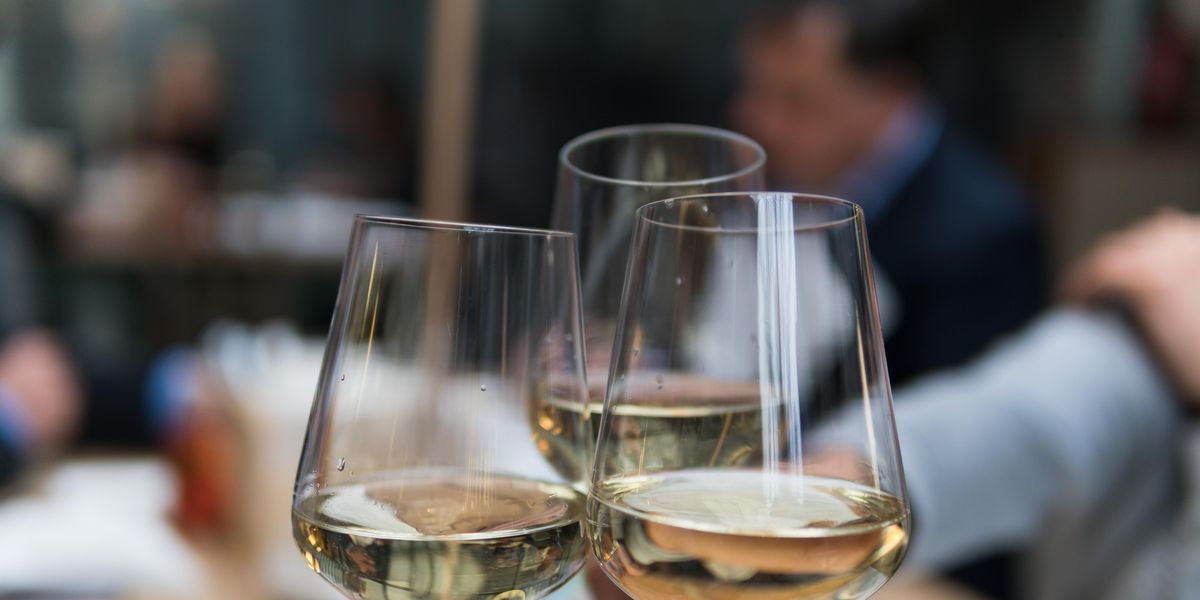
Lugana base has a pale straw yellow color with greenish reflections. Its scents are delicate, almost hinted, offering floral sensations mixed with notes of almond; the taste is graceful, stylized, defined, taut and tasty.
Lugana refers to the countryside area south from Lake Garda, in the area included among the communes of Desenzano, Peschiera, Pozzolengo, Sirmione, to which the wine is named. The area of Lugana was originally a marshy forest, certainly not suitable for cultivation. The current name is a deformation of Selva Lucana, as it was known in ancient times. There are many legends about it, dating back to the times of Romans and Lombards. What is certain is that Giangaleazzo Visconti ordered the deforestation of the area for war reasons, and in Venetian times began a gradual conversion of Lugana from an uncultivated area to an agricultural one. For this reason, Lugana is produced from the cultivation of Turbiana, a vine belonging to the family of Trebbiano. The reason for its success is that this vine can resist very well to diseases and give a lot of fruit even in difficult lands. Compared to the classic Trebbiano, however, Turbiana has peculiar structural and aromatic characteristics, whose sensory profile is even more enhanced by the unique climatic and soil conditions of the production area lying in the southern hinterland of Lake Garda. This grape has white berries and pyramid-shaped bunches. Berries have thick skin and juicy pulp. This vine is among the most productive in the world.
In 1975, besides Lugana's "base", the denomination of Lugana Spumante was added and in 1998 the option of Lugana Superiore was added.
Lugana is therefore a wine of the plain, characterized by fertile soils of the clayey matrix, which in the hilly band of the DOC gradually become sandier. These soils are the repositories of the organoleptic heritage of Lugana: body and warmth, acidity and flavor in the structural framework of the wine, vigorous aromas, clear, between almond and citrus, in the aromatic kit.
Tasting Notes
Lugana base has a pale straw yellow color with greenish reflections. Its scents are delicate, almost hinted, offering floral sensations mixed with notes of almond; the taste is graceful, stylized, defined, taut and tasty. In order to be defined as such, Lugana Superiore must undergo a period of aging of at least one year. It has a more variegated and complex profile: the color has more golden reflections; the scents, more articulated, offer hints of field grasses, chlorophyll, ripe apple, citrus, combined with notes of hazelnut or spices with the passage in the wood (today less and less new and toasted). The palate, more structured, is supported by lively and tonic acidity and is crossed by a mineral flavor that can give intriguing "salty" nuances to the wine. Lugana Riserva is the natural evolution of the Superiore typology: it must age or refine for at least 24 months, 6 of which in the bottle, and has brighter color tones, more evolved and complex aromas, with smoky notes of flint and balsamic reflections, a warmer minerality on the palate. Riserva is a "creamy" wine with a scent reminiscent of toasting and a sapid finish. It is a wine that requires 8 years of aging, six of which in the bottle.
Lugana "vendemmia tardiva" is obtained by partially drying the grapes on the vine between the end of October and the beginning of November which gives this type of wine a soft and dense characteristic without exaggerating sweetness. It is then aged for at least twelve months.
Food Pairing
Lugana base is a wine which can be well matched in cooking to dishes made of fish and shellfishes in general, perfect with lake fish, trout, perch and lavaret.
It is a wine with a strong personality, therefore it can also be matched to the soft cheese.
Excellent with appetizers, better if not cured meat.







